I have decided to start this bi weekly series with the topic of Artifact. If you are going into design science, this is a word that will always appear and having a strong understanding of it is essential in In Design Science Research (DSR). An artifact can be defined as a purposeful human creation something designed to solve a problem or achieve a goal within a specific context. Here the keyword is human creation. To understand this lets go back to the foundational paper by Herbert Simon. Herbert Simon (1969) argued that what separates design science from natural science is its focus on creating artificial things things that would not exist naturally but are constructed to fulfill a function.
When you also think of it you can also say that an artifact is any designed object tangible or intangible that embodies design knowledge to achieve a desired purpose.
Why Artifacts Are Central in DSR
To understand what an Artifact means we need to understand the different ways knowledge is created. Firstly let’s take a look at the natural sciences that study the natural world. They can refer to these as things that exist independently of human design or intention.
These include:
- Physical sciences (physics, chemistry, astronomy, geology)
- Biological sciences (biology, ecology, genetics)
- Behavioral and social sciences (psychology, sociology, economics) when they aim to describe natural human behavior.
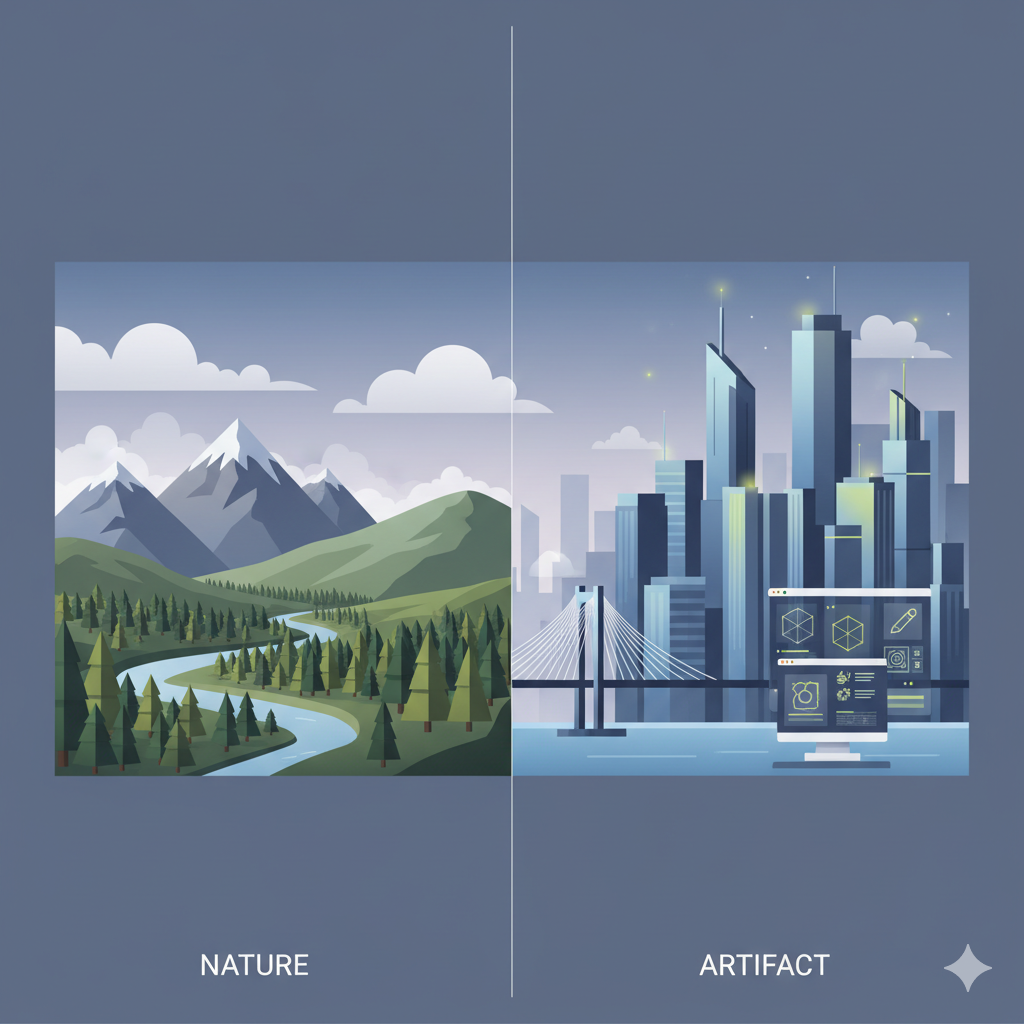
In these fields, our major goal is to understand reality as it is, not as we wish it to be, we are not creating but we are simply trying to understand how things work in the real world. So whenever you hear me say knowledge is created by observing and explaining the world, what I’m actually trying to imply is that knowledge is gained by looking at what already exists or happens naturally. After we have these observations we then proceed to formulating explanations – some cases theories, laws or models for why we think these things occur
In design science, knowledge is created by building and evaluating artifacts. When you think of this sentence it is just trying to capture how design science generates scientific knowledge. It does not do this by observing what already exists like natural science but by creating something totally new which we call an artifact. Then we test this artifact and learn from how it performs.
So, in DSR:
- You begin with a real-world problem, something practitioners struggle with.
- You design a solution an artifact grounded in existing theory.
- You test (evaluate) how well that artifact works.
- From this process, you extract new, generalizable knowledge (principles, models, or theories).
That new knowledge becomes part of the scientific body of knowledge in Information Systems. When a researcher designs an artifact, like a model, method, or system, they’re not necessarily only solving a problem but also producing knowledge about how such problems can be solved in general. That’s what makes it science, not just engineering. To understand this lets expand. I found most students still find it difficult to understand the difference. I particularly also found it difficult
What Engineering Does
Engineering, as we know, is about creating functional solutions to practical problems. Its main goal is utility to make something that works effectively. A good example will be an engineer who might want to design a bridge that doesn’t collapse or a programmer might build an algorithm that runs faster, or maybe a UX designer might create an app that users enjoy. Basically whenever you create any functional solution you are basically doing Engineering. Here the focus is on performance, efficiency, and success not necessarily on explaining why it works or when it might fail elsewhere.
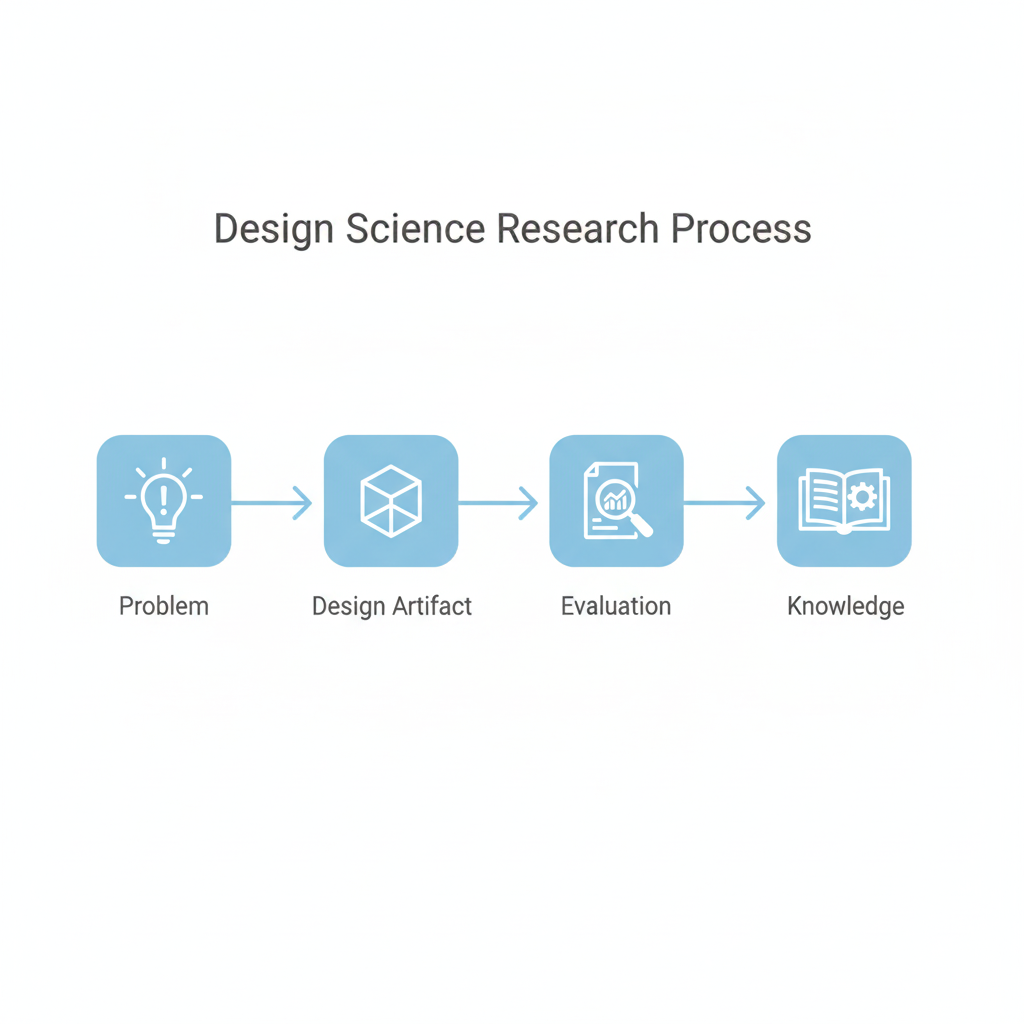
DSR is Science Through Design
DSR doesn’t stop at “Look, this system works.” It goes further to ask:
- Why does this system work?
- Under what conditions does it produce good results?
- What design choices caused success or failure?
- Can these insights be reused in other settings?
That means DSR produces explanatory knowledge, just like natural sciences do, but about human-made systems.
What Science Adds to Engineering
Science goes beyond making it explains and generalizes.
In Design Science Research (DSR), you’re not only creating an artifact that works, you’re creating knowledge about design itself.
That knowledge answers deeper questions like:
- Why does this design succeed (mechanism)?
- When does it succeed (context)?
- What principles underlie its effectiveness (theory)?
- How can others reuse or improve this design (generalization)?
So, while an engineer might say,
“This system works,”
a design scientist must say,
“This system works because of X, under Y conditions, and can be generalized to Z contexts.”
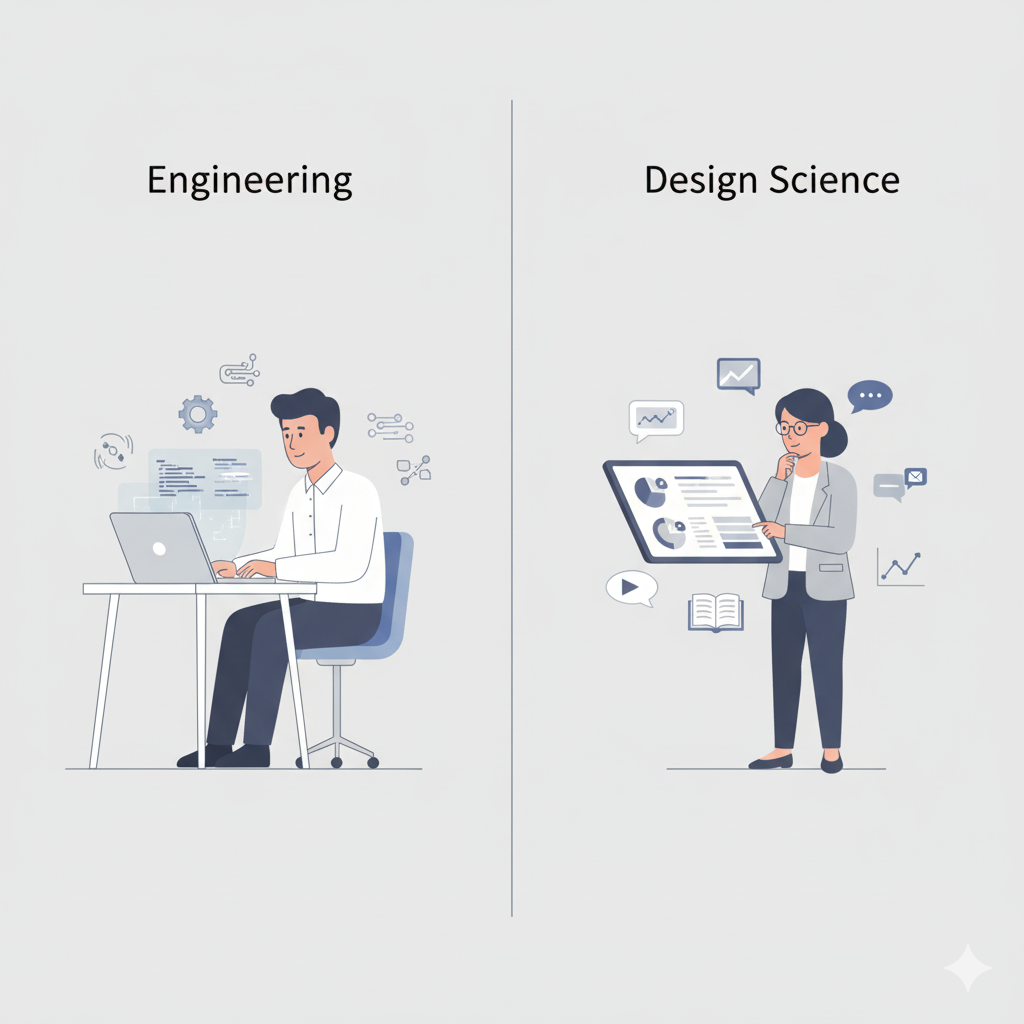
Example: Engineering vs. Design Science in Practice
Let’s use the context of the paper I’m currently working on – Compassionate Responding System (CRS) for healthcare workers.
| Level | Activity | Goal | Output |
| Engineering | Build a dashboard that detects burnout and sends supportive messages. | Functionality & usability. | A working prototype. |
| Design Science Research | Build the same dashboard, evaluate it systematically, and extract principles about how compassionate technology should be designed. | Understanding & generalization. | Validated design knowledge (theory). |
I will stop here for now, so I don’t make this post overly long. My next article will be on the five artifacts types
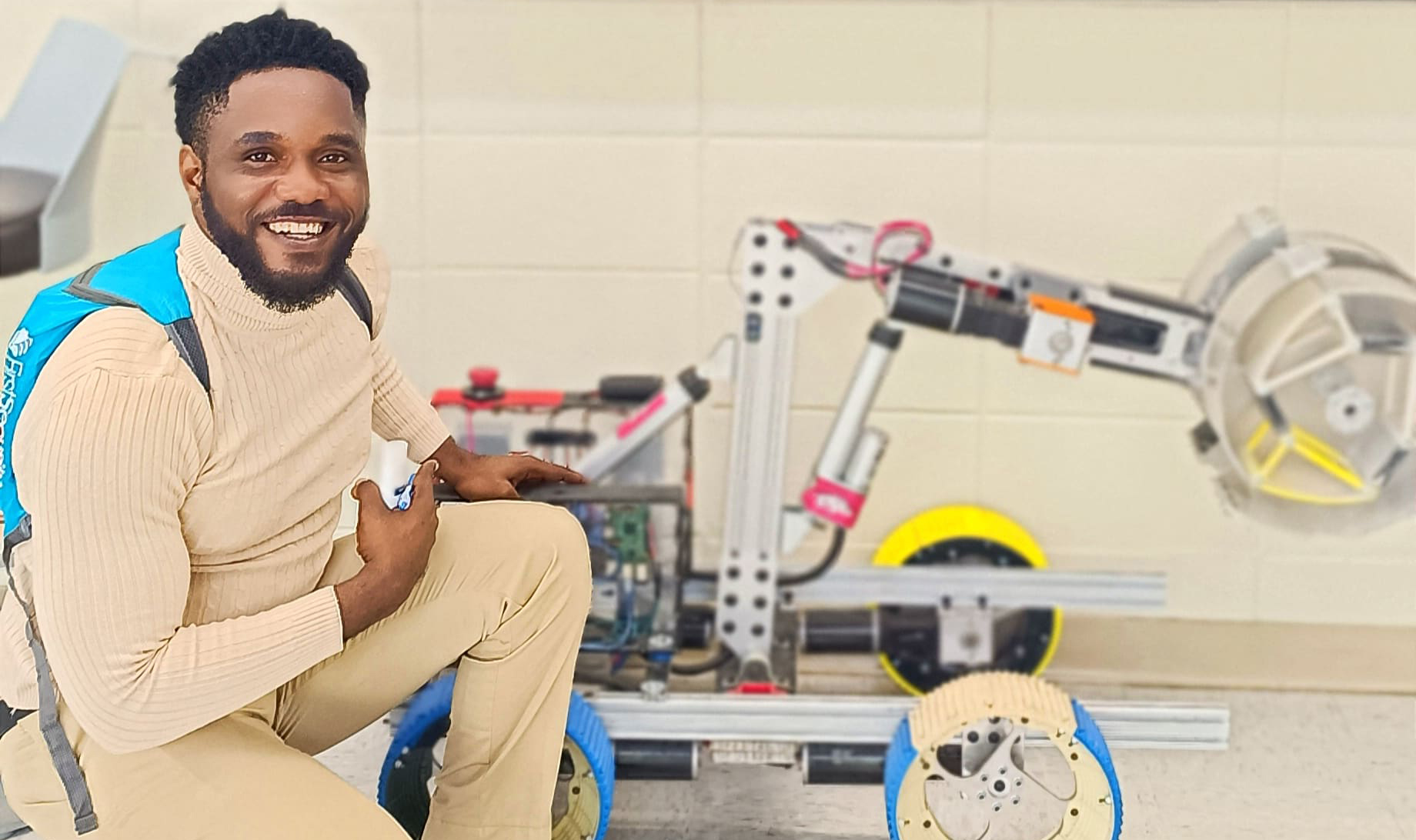
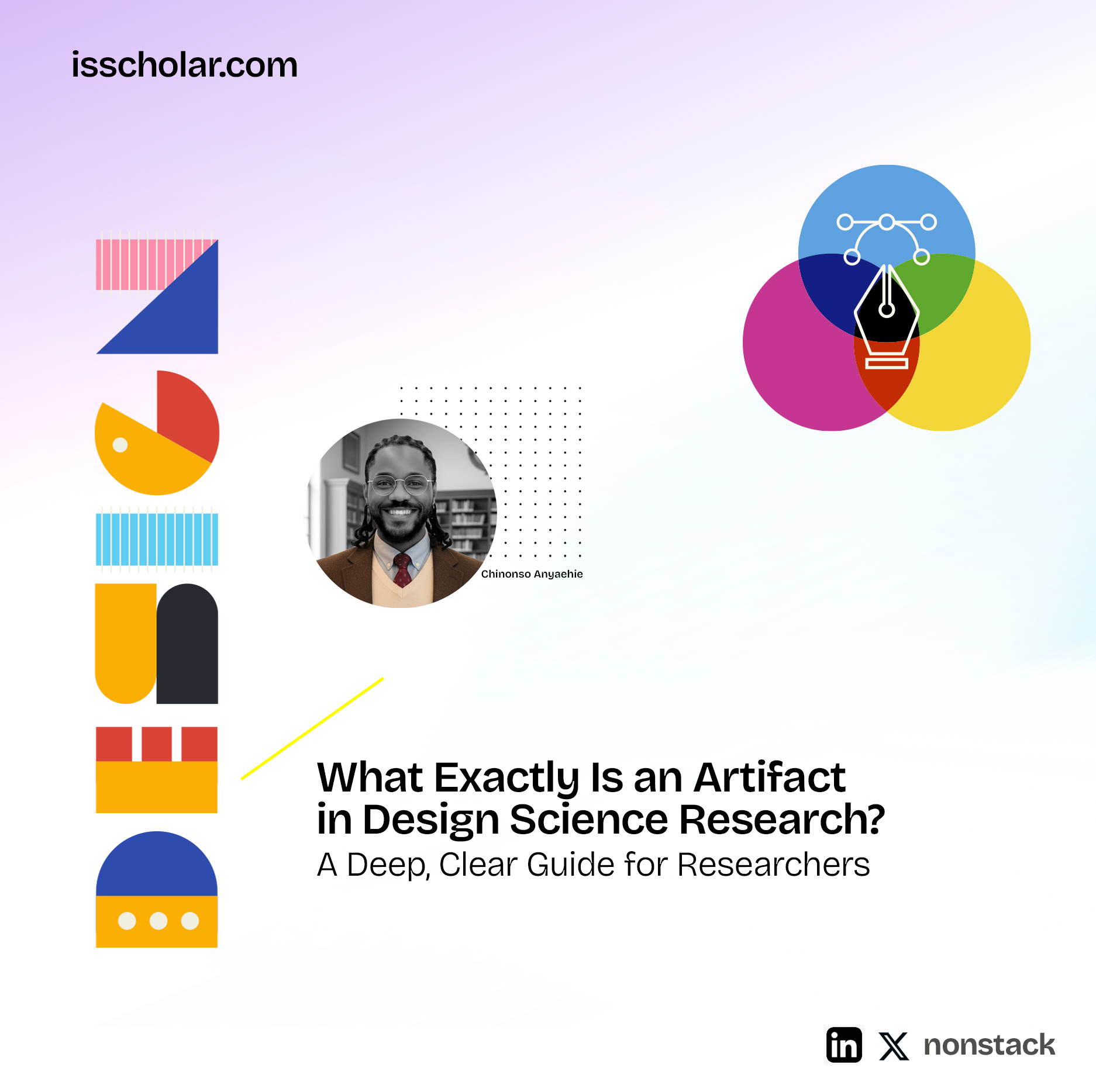
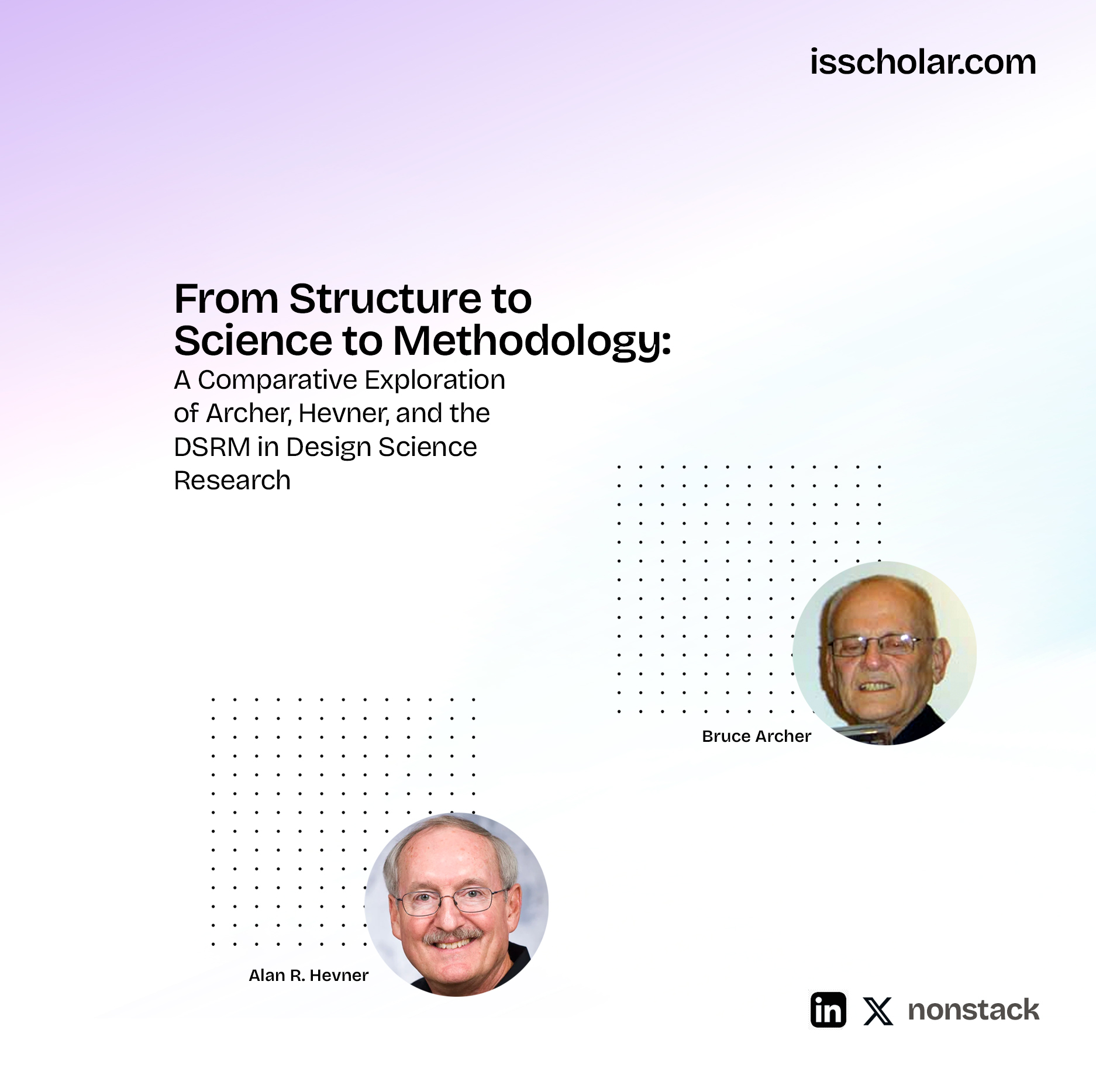






Leave a Reply